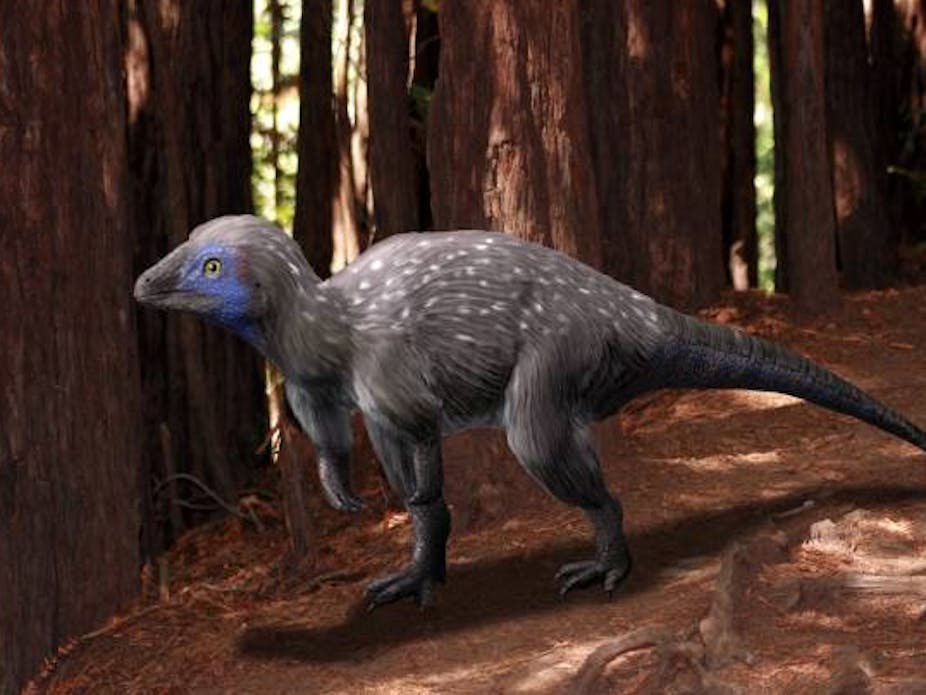In this episode of The Conversation Weekly podcast, we look at how new discoveries are changing our understanding of what dinosaurs looked like and are helping to shed light on bigger questions about evolution. And after Israel’s fourth election in two years ended in another political stalemate, we speak to a foreign policy expert on what this could mean for the Middle East.
Ever since palaeontologists started classifying fossils and bones as dinosaurs in the early 19th century, artists have been using them to try to imagine what dinosaurs looked like. Some of these depictions, we now know, are pretty inaccurate, such as the notorious Victorian sculptures of dinosaurs still on display in Crystal Palace Park in London.
But, however much Hollywood may have instilled a certain vision of dinosaurs into our minds in recent decades, we’re still a long way off having all the answers about what dinosaurs actually looked like. To find out more about what new evidence is emerging and how our dinosaur imaginings have changed, we speak to two palaeontologists.
Maria McNamara, professor of palaeobiology at University College Cork in Ireland, tells us about the, at times controversial, history of feathered dinosaurs. She explains how the discovery of melanin in fossils is providing a picture of the colours of these feathers and what they may have been used for. “There are dinosaurs where we’re pretty sure that feathers were being used for communication,” explains McNamara.
Read more: Prehistoric pigments reveal how melanin has shaped bird and mammal evolution
And Nicolas Campione, senior lecturer in paleaobiology at the University of New England in Australia, tells us the two main techniques palaeontologists have used for estimating the size of dinosaurs and how he tested their accuracy. He also explains how understanding the size of dinosaurs can tell us more about their evolution. “The first dinosaurs start off at one body size, the size of a large dog, and then they radiate very quickly so that within the first ten or so million years you already reached most of the size range that dinosaurs would continue to have the rest of their evolutionary history,” says Campione.
And in our second story, we head to Israel, where coalition negotiations are continuing following elections on March 23. The prime minister, Benjamin Netanyahu who is on trial for corruption, has been invited to try and form a new government. Whatever happens next will have ramifications for Israel’s foreign policy, which is closely tied with domestic politics. Amnon Aran, a senior lecturer in international politics of the Middle East, at City, University of London, talks us through how history could inform what happens next, and what the foreign policy stakes are for whoever takes the reins of the next Israeli government.
And Eva Catalán, culture editor at The Conversation in Spain, gives us her recommended reads.
The Conversation Weekly is produced by Mend Mariwany and Gemma Ware, with sound design by Eloise Stevens. Our theme music is by Neeta Sarl. You can find us on Twitter @TC_Audio, on Instagram at theconversationdotcom. or via email on podcast@theconversation.com. You can also sign up to The Conversation’s free daily email here.
A transcript of this episode is available here.
News clips in this episode are from euronews, DW News, Al Jazeera News, ILTV Israel News, i24News, CBC News, Fox News and WION News.
You can listen to The Conversation Weekly via any of the apps listed above, our RSS feed, or find out how else to listen here.

